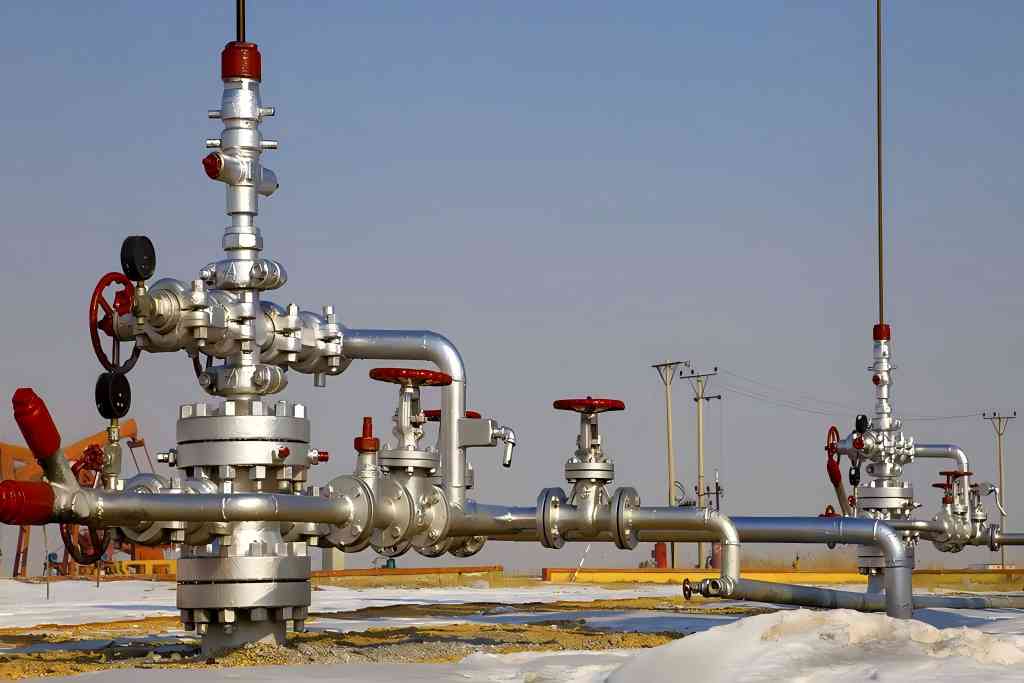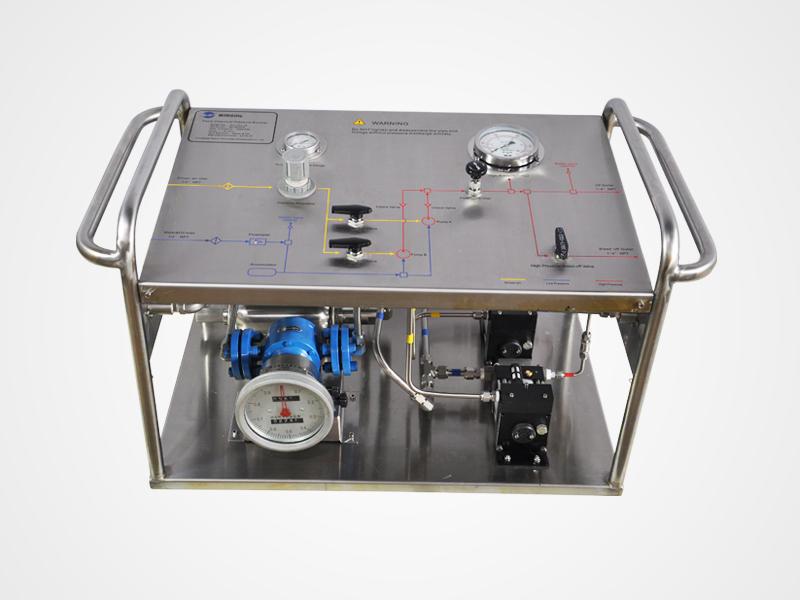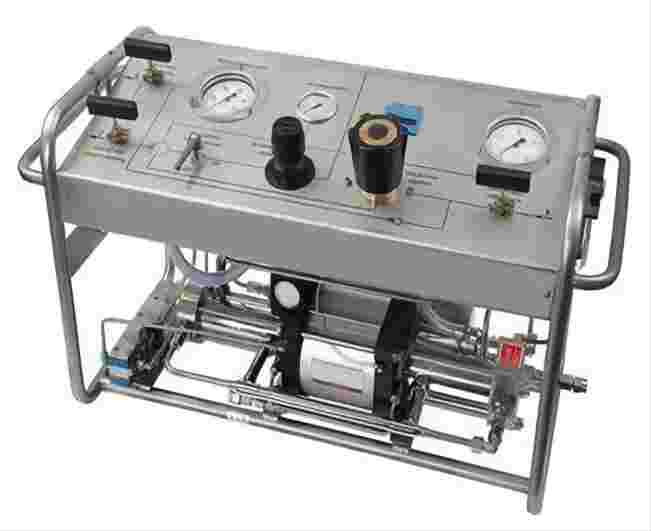Understanding Hydraulic Pressure Testing Machines: Working Principles, Types, and Applications
Hydraulic pressure testing machines play a pivotal role in ensuring the integrity and safety of various components, systems, and structures across diverse industries. These machines are designed to simulate real-world conditions and subject materials to specific pressure levels, allowing engineers and manufacturers to assess their performance and reliability. In this article, we will delve into the working principle of hydraulic pressure testing machines, explore the different types available, and highlight their applications in various industries.
Working Principle and Components of Hydraulic Pressure Testing Machines
The fundamental principle behind hydraulic pressure testing machines lies in Pascal’s law, which states that a change in pressure applied to an enclosed fluid is transmitted undiminished to all portions of the fluid and to the walls of its container. In simple terms, when force is applied to a confined fluid, the pressure is distributed evenly throughout the fluid, exerting equal pressure on all sides of the container.
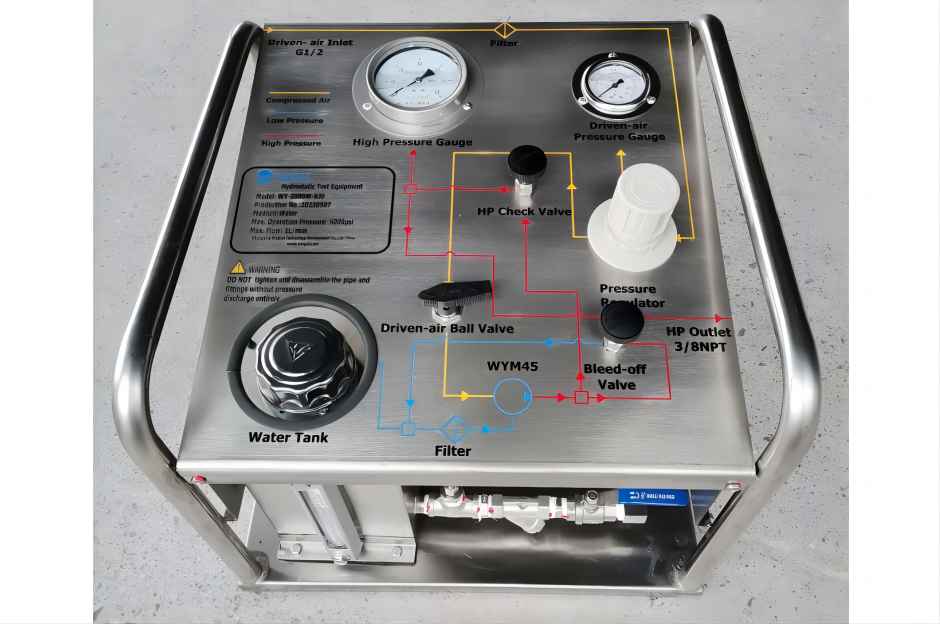
The basic components of a hydraulic pressure testing machine include:
- Fluid Reservoir: This is where the hydraulic fluid, usually oil, is stored. The fluid is pumped from the reservoir to create pressure.
- Hydraulic Pump: The pump is responsible for generating the pressure within the hydraulic system. It pressurizes the hydraulic fluid and sends it to the testing area.
- Pressure Generating Mechanism: This mechanism can vary based on the type of machine. It can be a hand-operated lever in manual models, an electrically controlled system in semi-automatic machines, or a fully automated system in automatic models.
- Pressure Measurement System: This system consists of pressure sensors or gauges that measure the pressure applied to the test material.
- Control System: In automatic and semi-automatic machines, a control system regulates the pressure generation process and can be programmed to follow specific pressure profiles.
- Safety Features: Hydraulic pressure testing machines often include safety features such as pressure relief valves, emergency stop buttons, and protective enclosures to ensure the safety of operators and prevent accidents.
Types of Hydraulic Pressure Testing Machines
There are several types of hydraulic pressure testing machines, each catering to different needs and levels of automation:
- Manual Hydraulic Pressure Testing Machines: These machines require manual operation to generate pressure. They are suitable for simple testing tasks and are often used in smaller-scale operations.
- Semi-Automatic Hydraulic Pressure Testing Machines: In semi-automatic machines, pressure generation is automated, but other functions, such as loading and unloading test samples, may require manual intervention.
- Fully Automatic Hydraulic Pressure Testing Machines: These machines offer the highest level of automation. They can be programmed to execute complex testing sequences without manual intervention. They are ideal for high-throughput testing in industries with stringent quality control requirements.
Applications of Hydraulic Pressure Testing Machines
The versatility and reliability of hydraulic pressure testing machines make them indispensable across a range of industries:
- Automotive Industry: Hydraulic pressure testing machines are used to test various automotive components such as fuel tanks, brake systems, radiators, and hydraulic hoses. These tests ensure that the components can withstand the pressures and conditions they will encounter on the road.
- Aerospace Industry: Critical aerospace components such as aircraft wings, landing gear, and hydraulic systems undergo rigorous testing using hydraulic pressure testing machines. This ensures that they can withstand the extreme conditions of flight and landing.
- Manufacturing Industry: In manufacturing, these machines are used to test products like pipes, valves, and pressure vessels. Manufacturers can ensure the safety and reliability of these products before they are put into service.
- Oil and Gas Industry: Hydraulic pressure testing machines are employed to test pipelines, wellheads, and other equipment used in the extraction and transportation of oil and gas. This is crucial for preventing leaks and ensuring the integrity of the infrastructure.
- Construction Industry: Hydraulic components used in construction machinery and equipment need to withstand the stresses of heavy-duty operations. Pressure testing ensures their durability and performance on construction sites.
- Research and Development: Engineers and researchers use hydraulic pressure testing machines to study the behavior of materials under different pressure conditions. This aids in designing new materials and optimizing existing ones for various applications.
- Marine Industry: Marine equipment such as ship hulls, propellers, and underwater structures undergo hydraulic pressure testing to ensure they can withstand the underwater pressures and conditions.
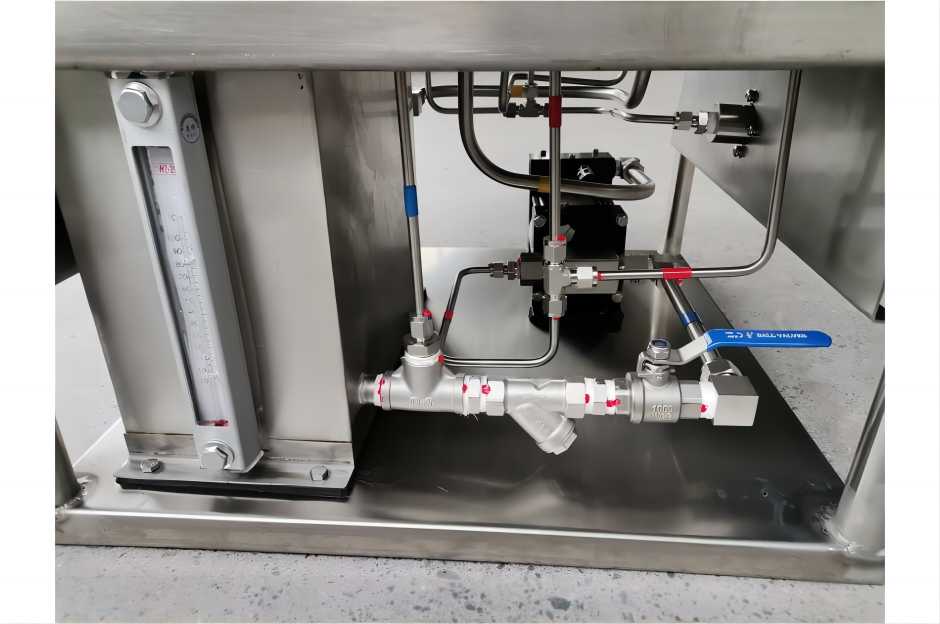
In conclusion, hydraulic pressure testing machines are essential tools that play a crucial role in maintaining the safety, reliability, and performance of components across numerous industries. By understanding their working principle, types, and applications, manufacturers, engineers, and researchers can make informed decisions about the type of machine that suits their needs, leading to enhanced product quality and safety standards in various sectors.


